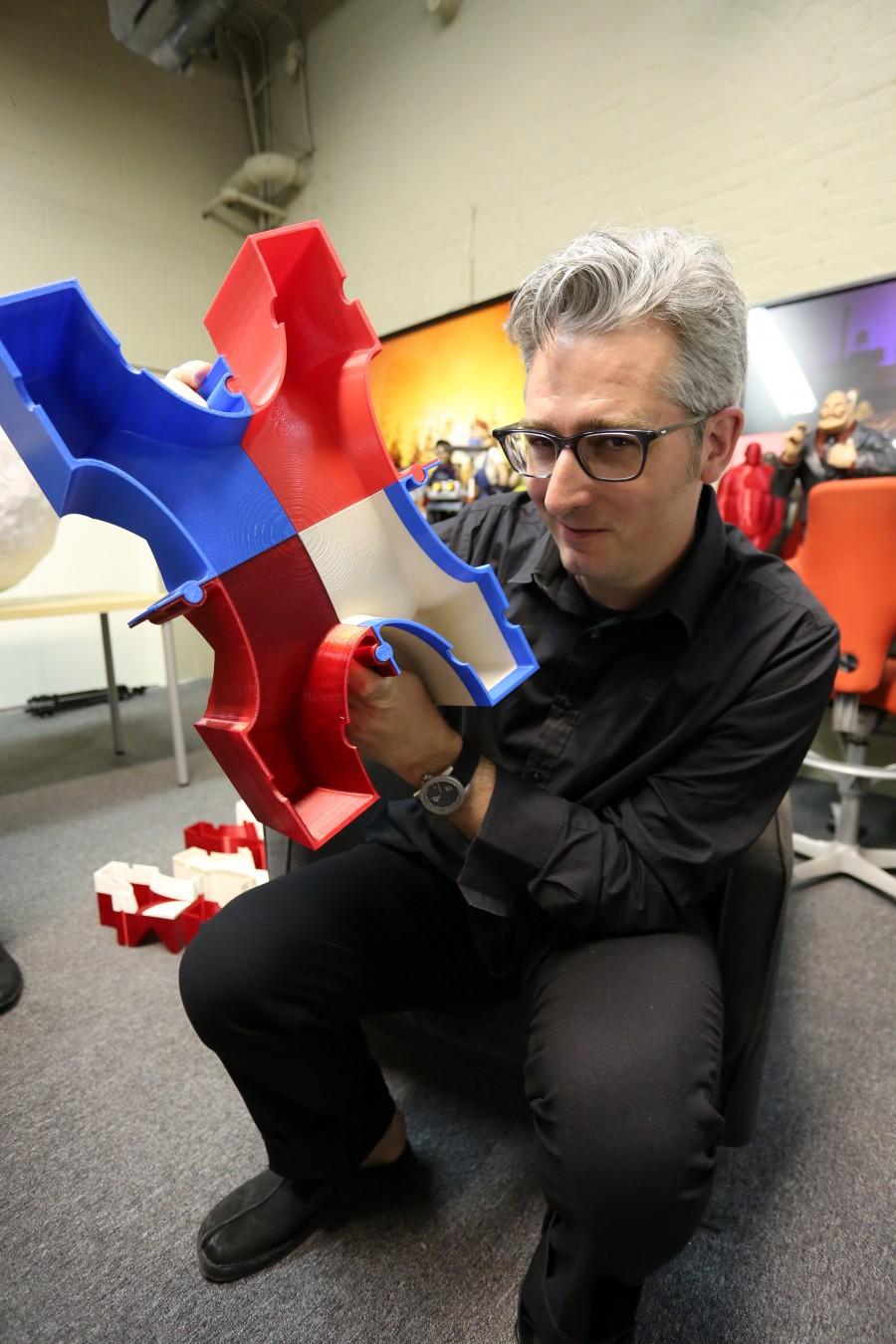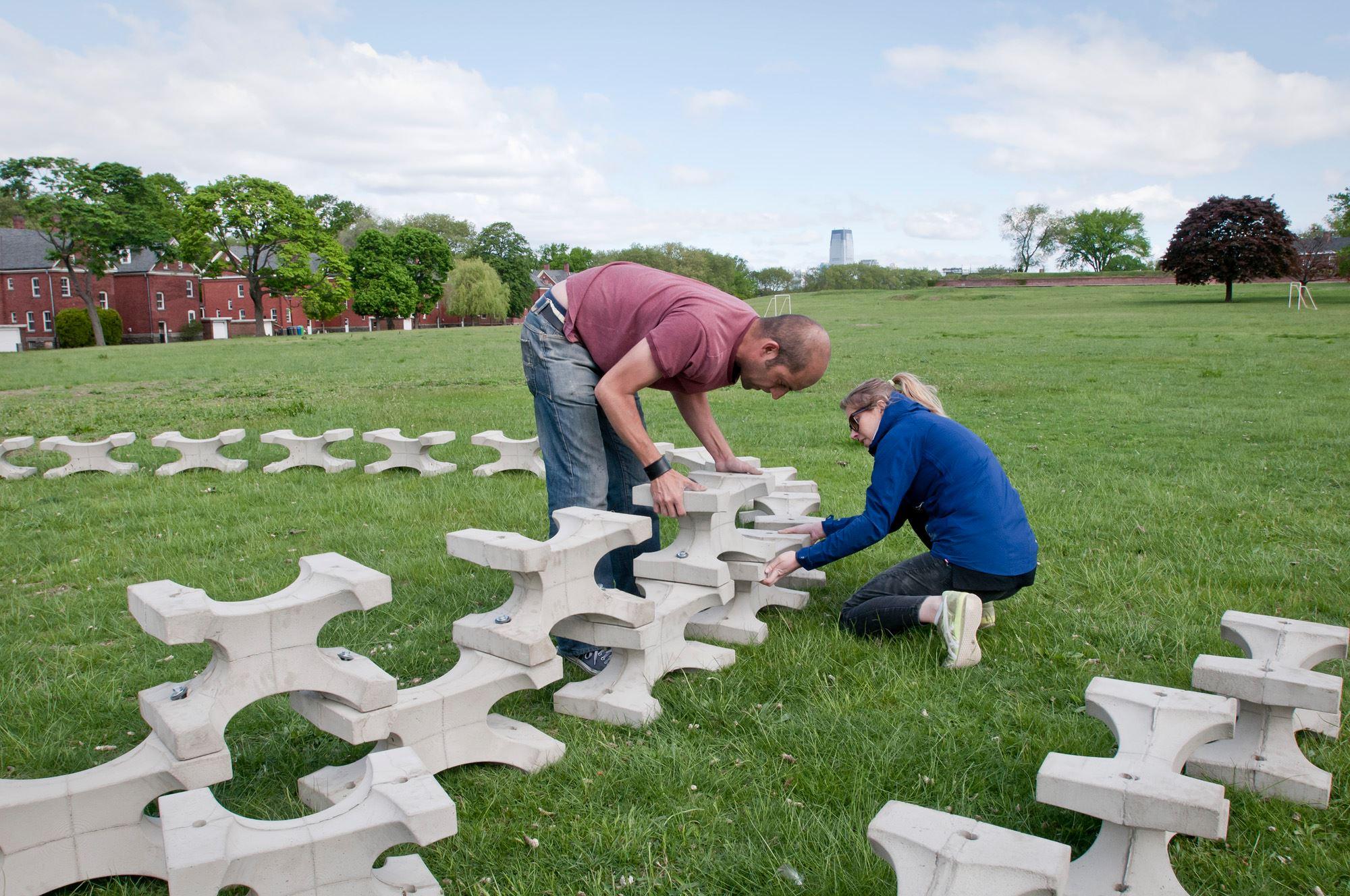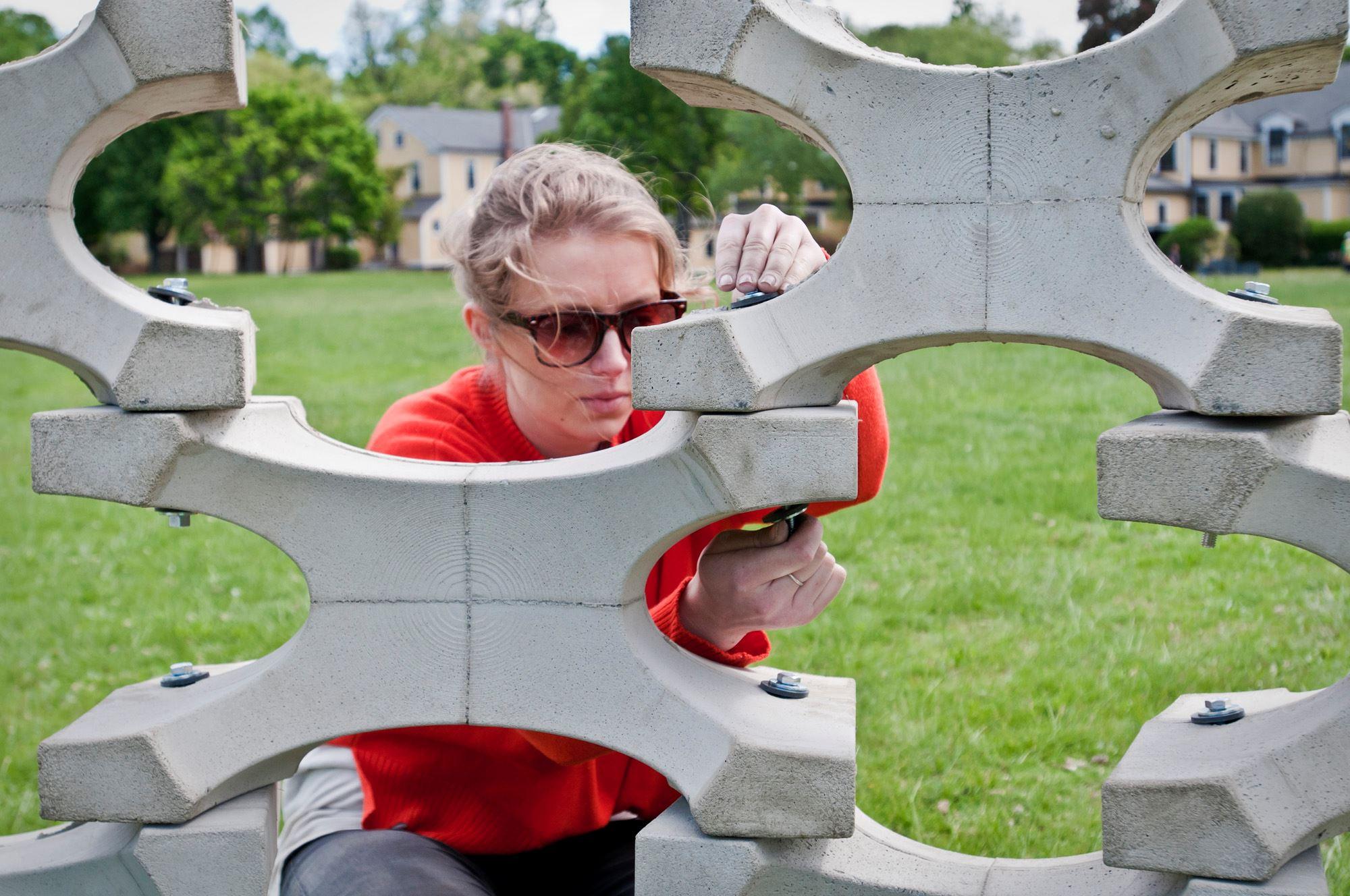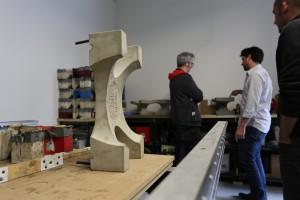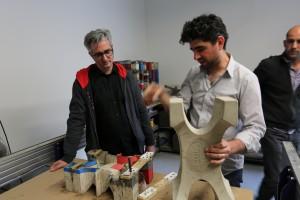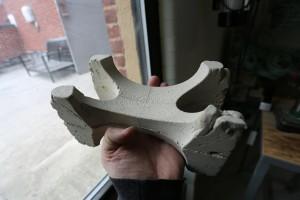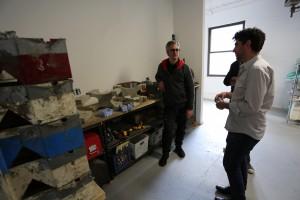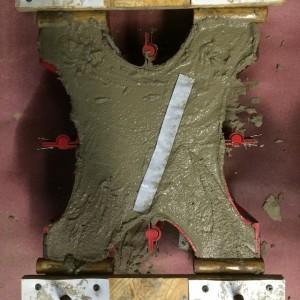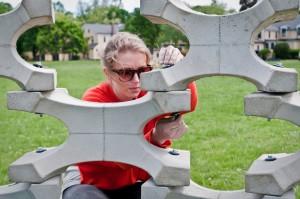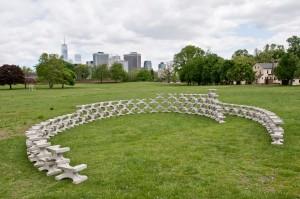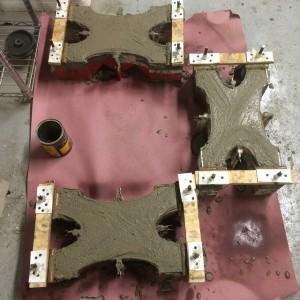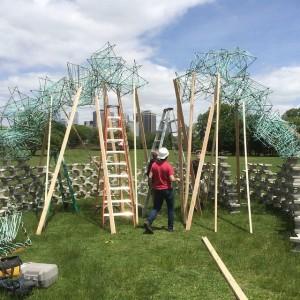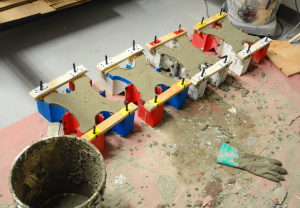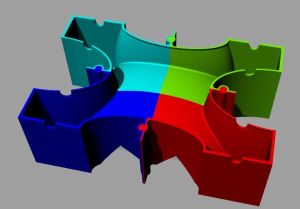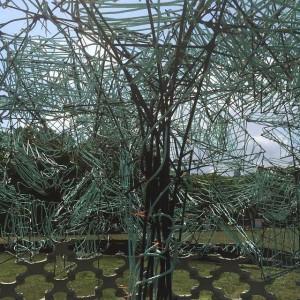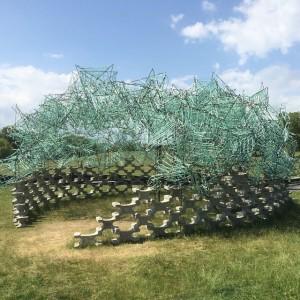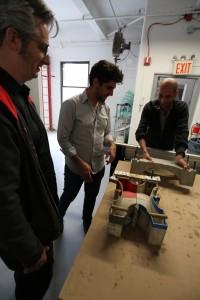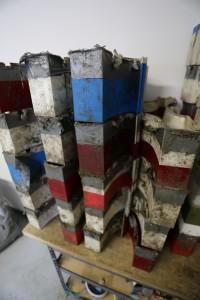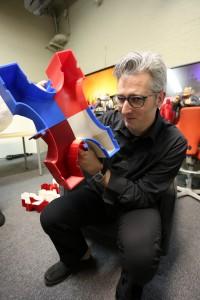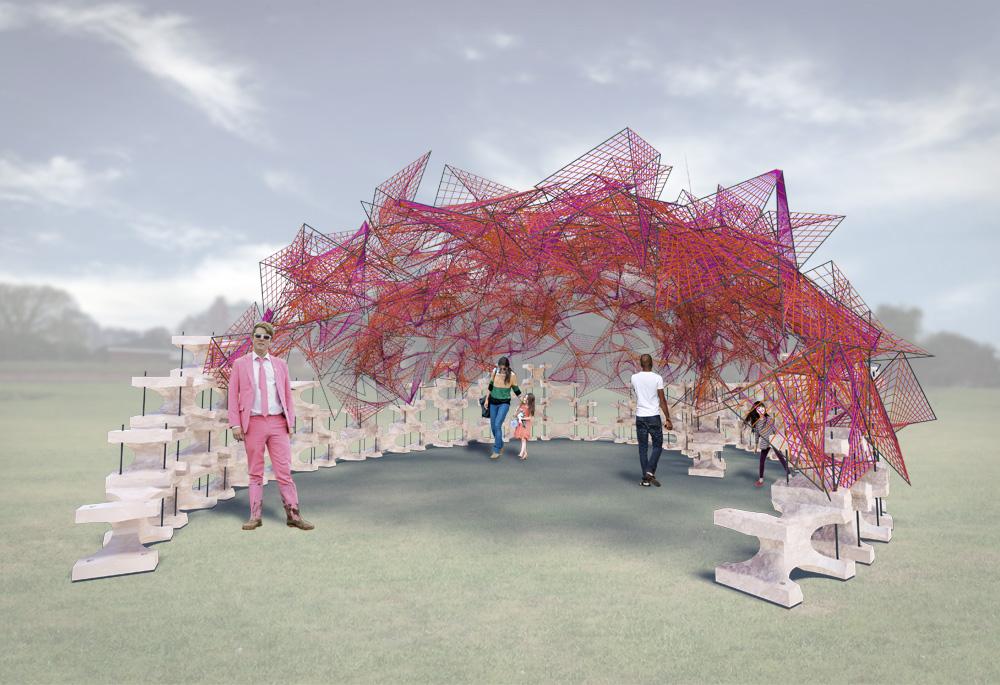 The earth is built of living systems which work together to make this planet the beautiful place it is. However, human behavior has played a large role in deteriorating many of these systems which have kept our species alive for years. We are finally beginning to realize that pollution and human interaction with our environment needs to be kept in check if we wish for our species and other species to continue living on this planet for the millennia ahead.
The earth is built of living systems which work together to make this planet the beautiful place it is. However, human behavior has played a large role in deteriorating many of these systems which have kept our species alive for years. We are finally beginning to realize that pollution and human interaction with our environment needs to be kept in check if we wish for our species and other species to continue living on this planet for the millennia ahead.
A great example of how human interaction and our neglect of nature has greatly effected another species, can be found in New York Harbor. The Hudson River estuary was once filled with an incredible 220,000 acres of Oyster reefs which provided extremely valuable resources to the harbor. These oysters helped filter the water, provided habitat for many marine species, and aid in reducing the size and energy of waves. Unfortunately, over the years, human actions such as dredging, polluting and over-harvesting the oysters themselves, has lead to the oyster population completely dying off within the harbor. Thanks to the The Billion Oyster Project (BOP) though, which is an ecosystem restoration and education project being undertaken by the New York Harbor School, over the past six years the population of oysters has begun to be restored. So far, an incredible 11.5 million oysters are now present in the harbor and over an entire acre of reef area has been brought back to life.
As part of this amazing project, Figment’s City of Dreams and The New York Harbor School, have teamed up with the help of Stratasys’ Innovation Workshop, Bold Machines, to create a one-of-a-kind pavilion, called the Billion Oyster Pavilion.
“The team from BanG Studio partnered with Bold Machines to 3D print their custom molds of “Reef Balls” for the Billion Oyster Pavilion,” Robert Steiner, General Manager of Bold Machines tells 3DPrint.com. “As part of the Billion Oyster Project habitat creation effort, these custom-cast pieces serve as the base of the Pavilion.”
Using special 3D printed molds, the unique “Reef Balls” are cast. Once the concrete hardens, these Reef Balls are stacked to form the base of the large pavilion. Steel rebar is then threaded through the holes within these stackable blocks. Then a canopy of rebar triangles, which have been connected together using plastic ties are added to this structure to act as a roof.. Finally, in order to create a more roof-like structure, marine line is woven between these triangles.
“One of the biggest challenges was printing time,” Henry Grosman, Principal at BanG Studio tells 3DPrint.com. “Each mold comes in four pieces, which take between 12 and 16 hours to print. Bold Machines, basically made it possible for us to hit our production targets by taking on all of the printing for us. They printed upwards of 20 molds (4 pieces each) on a combination of Rep 2’s and Z18s at their studio. This was key, because we had to cast over 170 blocks, and each block was cast in two pours (one for each half).”
The materials that the woven canopy are made up of also are materials that the BOP uses in their harbor restoration project. These materials include steel rebar, nylon rope, and hose clamps. The idea is that by reusing the materials to build the structure, there is less need to transport them away from the island and harbor.
“Before we settled on 3D printing the molds we spent a lot of time trying to figure out the best way to produce them,” Grosman tells us. “We experimented with milling the molds out of foam with our cnc router. That route might have been less expensive, but the production time would have been comparable and the surface definition would not have been as nice. We also tried casting a mold out of urethane from a 3d printed positive, but casting solid urethane was prohibitively expensive and cnc milling a foam mother mold with a thin urethane skin added more time and complexity. Ultimately 3d printing won out because it was cheaper and faster with really nice definition of the geometry.”
As you can see in the photos, each reef block was cast in two pours. When we pour the first half, we cast 4 6” rebars into the concrete. After the concrete sets, we de-mold the block, reassemble the 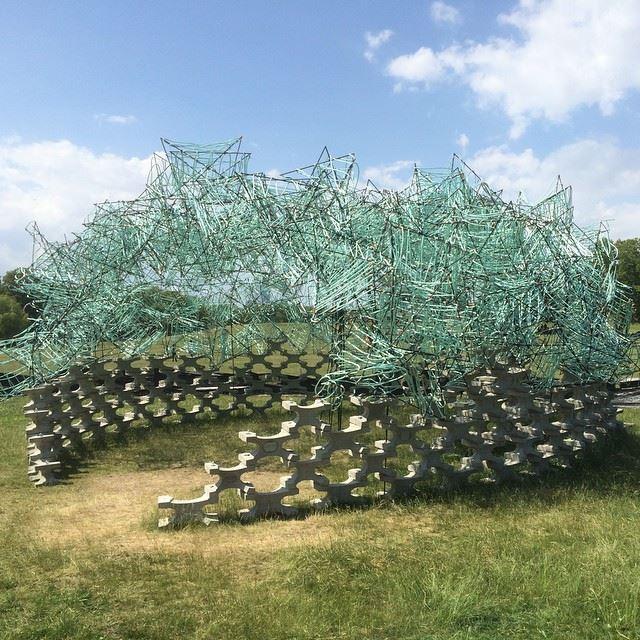 mold, fill it with concrete again, and cast the top half into the bottom. The rebar ties the two halves together.
mold, fill it with concrete again, and cast the top half into the bottom. The rebar ties the two halves together.
As pictured in some of the photos, each of these Reef Balls were cast in two separate pours. During the first pour, four 6″ rebars are cast into the concrete. Once the first pour sets, the block is de-molded, then reassembled and filled with concrete yet again. The second half is then cast into the bottom, and is held together by the rebar.
Once the Pavilion is taken down, the Reef Balls will then be used to help in the continued restoration of New Harbor — a project that will continue for a long time to come. They will be covered in oyster spat to create new oyster habitats.
This was all made possible by a group of individuals who have a desire to take part in this tremendous ecological restoration project, one which stands to benefit the New York/New Jersey areas for years to come. Thanks to Bold Machines, and their 3D printing capabilities, these building blocks (Reef Balls) were able to be fabricated exactly how the organizers wanted them. Check out some more photos below.
- Assembling the Pavilion
- Bre Pettis of Bold Machines showing off the 3D printed molds
Subscribe to Our Email Newsletter
Stay up-to-date on all the latest news from the 3D printing industry and receive information and offers from third party vendors.
You May Also Like
Gorilla Sports GE’s First 3D Printed Titanium Cast
How do you help a gorilla with a broken arm? Sounds like the start of a bad joke a zookeeper might tell, but it’s an actual dilemma recently faced by...
Nylon 3D Printed Parts Made More Functional with Coatings & Colors
Parts 3D printed from polyamide (PA, Nylon) 12 using powder bed fusion (PBF) are a mainstay in the additive manufacturing (AM) industry. While post-finishing processes have improved the porosity of...
$25M to Back Sintavia’s Largest Expansion of Metal 3D Printing Capacity Since 2019
Sintavia, the digital manufacturing company specializing in mission-critical parts for strategic sectors, announced a $25 million investment to increase its production capacity, the largest expansion to its operations since 2019....
Velo3D Initiates Public Offering in a Bid to Strengthen Financial Foundations and Drive Future Growth
Velo3D (NYSE: VLD) has been among a number of publicly traded 3D printing firms that have attempted to weather the current macroeconomic climate. After posting a challenging financial report for 2023,...


